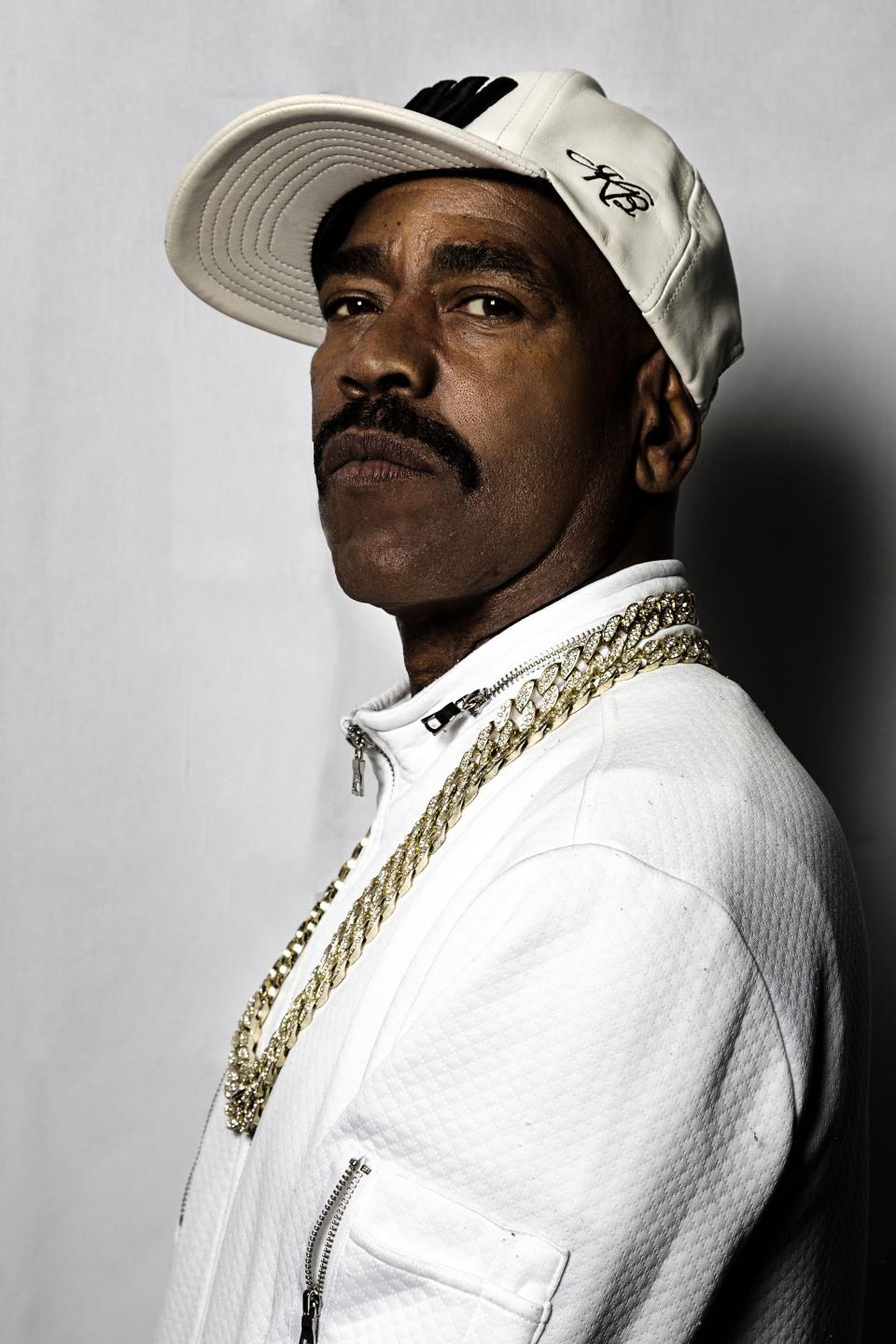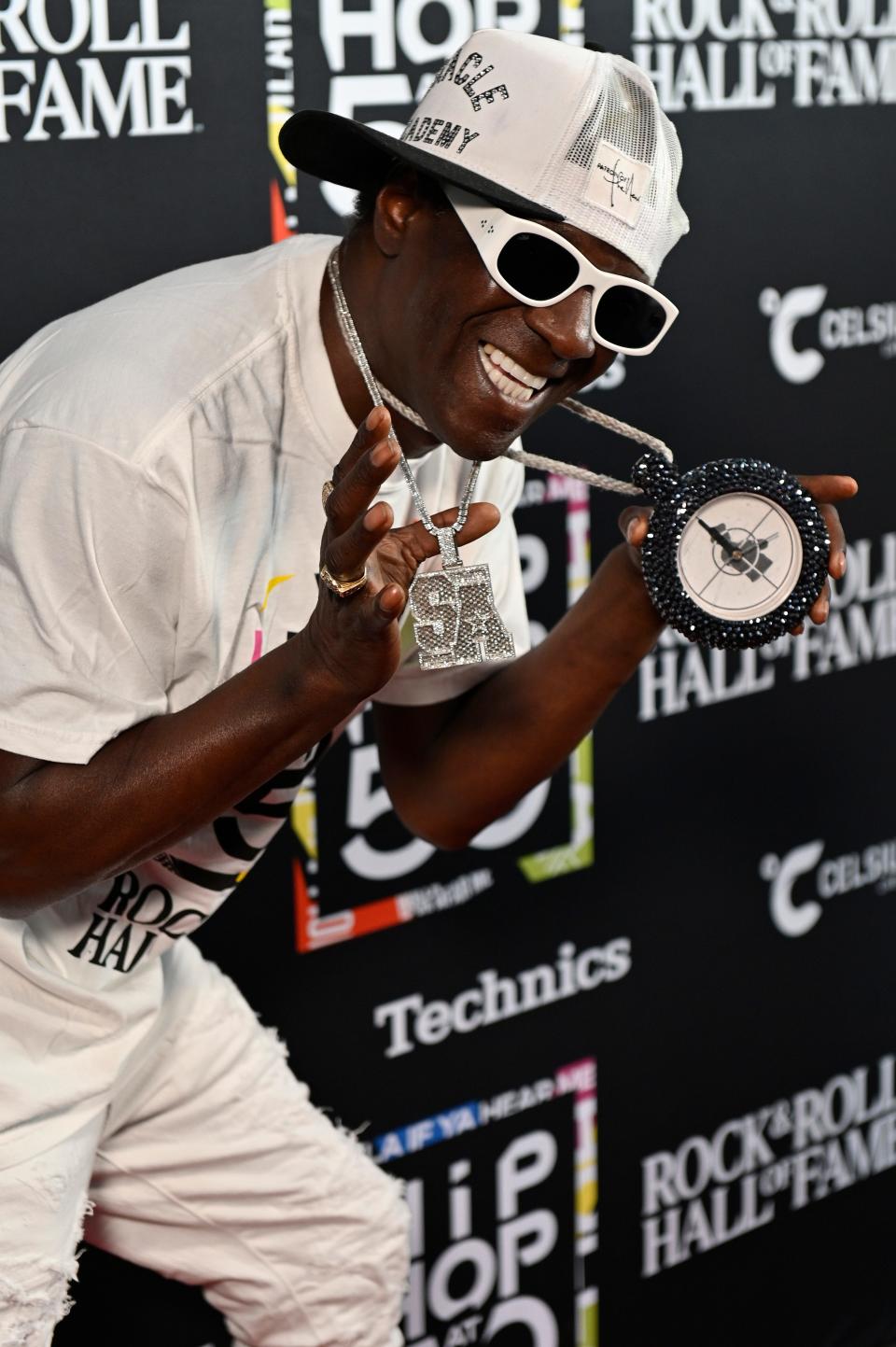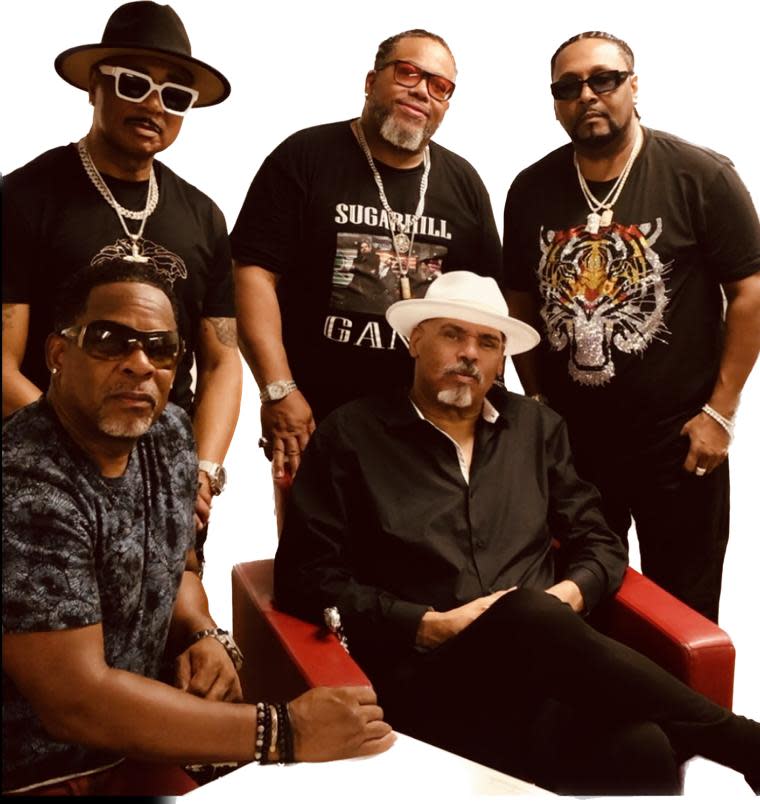Jeffries: Don't believe the hype. Hip-hop is NOT 50 years old
Judson L. Jeffries is Professor of African American and African studies at Ohio State University and a regular contributor to the Columbus Dispatch.
For reasons unknown to me, my 14-year-old son is under the impression that he knows more about rap and hip-hop than his father, despite the fact, that his old man spent much of his childhood in the city where it originated, and the borough out of which rap music as we know it today, sprang.
From Grandmaster Flash to Drake: Evolution of hip-hop explored in new Smithsonian box set
For several months, my son has heard, read, and been told by his equally oblivious high school friends that this August marks the 50th anniversary of hip-hop.
My response: nothing could be further from the truth. While that narrative makes for a good storyline in magazines, and on TV and other media, the fact is, hip-hop is older.
First off, hip-hop is a way of life, a culture as it were.
What is hip-hop?

Hip-Hop is about style and expression. For as long as I can remember, New Yorkers, especially those of a certain generation adopted a style of their own that manifested in ways that I did not see when my parents would pile us kids into the car, jump on I-95 and head south, stopping to visit relatives and friends in cities along the way.
More: Meet the professors behind Ohio State's first-ever hip-hop studies program
The way a particular generation of folks in the City (short for New York City) communicated with one another was different.
The vernacular and slang were unique to Black and Brown folks. They dressed differently. The dancing was different as was the body language and the mannerisms they affected.

The material artistic expression was unequivocally fresh and unconventional, whether it appeared in the form of murals, drawings on restroom walls in schools, sculptures at makeshift and community exhibits or on trains, it was unique to the City.
Speaking of trains, back in the day, there were few trains (meaning, subway cars) that weren’t tagged by someone whose spray-painting skills were eye-popping.
The images emblazoned on subway cars, overpasses, and bridges were sights to behold. The ability to take a spray can or multiple spray cans and create something visually fantastic was not a skill learned at any of the City’s prestigious art schools.
These creative geniuses were self-taught.
For many unhip folks this artistic expression was considered graffiti, until it became profitable, now it’s an acceptable and commercialized art form. Other than some places in Jersey, I saw this kind of artistic output nowhere else.
Lastly, many people use the words hip-hop and rap interchangeably, but they shouldn’t.
What is rap?

Rap is the music and one form of hip-hop. Rap music sprouted up on the scene in the late 1960s, not the 1970s.
Boys and girls (mainly boys at first) did things with the English language at parties, on playgrounds and on street corners that can only be described as an advance form of lyrical gymnastics, making words rhyme that had no business rhyming.
Sure, the first commercial hit rap record was Sugar Hill Gang’s single “Rapper’s Delight,” first charting on Billboard Oct. 13, 1979.
More: Coming-of-age story finds its rhythm through hip-hop
Many people, however, forget that Fatback Band’s “King Tim III” was released earlier that year, but its popularity paled in comparison.
Be that as it may, to say that either rap music or hip-hop was born in the late 1970s or even as early as 1973 at a party in the Morris Heights section of Southwest Bronx is to ignore, and dare I say revise history in such a way as to erase the work of such pioneers as The Last Poets and Gil Scott-Heron who were on the scene rapping as early as the late 1960s and 1971, respectively, and that is something I’m not prepared to do.
Judson L. Jeffries is Professor of African American and African studies at Ohio State University and a regular contributor to the Columbus Dispatch.
This article originally appeared on The Columbus Dispatch: Why saying hip hop is 50 years old is wrong| Judson Jeffries

